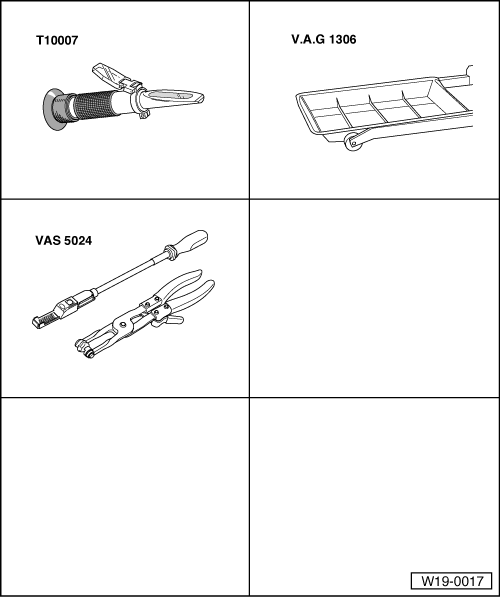Leon Mk1
|
Removing and installing parts of cooling system
Draining and filling cooling system
|
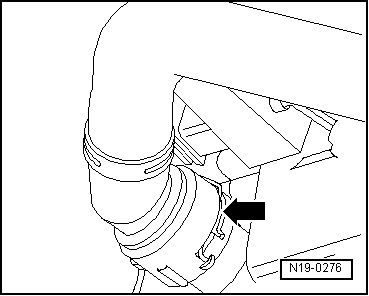 |
|
|
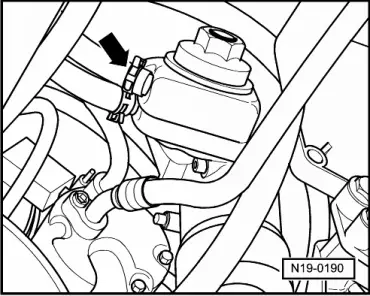 |
|
Note: Observe disposal regulations! Filling Notes:
|
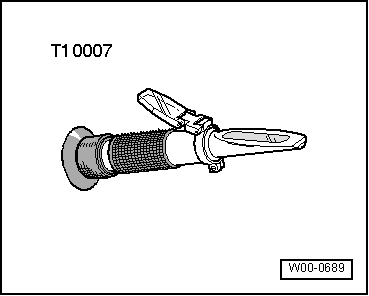 |
|||||||||||||||||||||
Recommended mixture ratios:
|
 |
|
|
1) The amount of anti-freeze must not exceed 60 %; frost protection and cooling effect will decrease if amount of anti-freeze is too high. 2) The quantity of coolant can vary depending upon the vehicle equipment.
|
 |
|
With cooling system charging unit VAS 6096
=> Operating instructions for cooling system charging unit VAS 6096 Not using cooling system charging unit VAS 6096
|
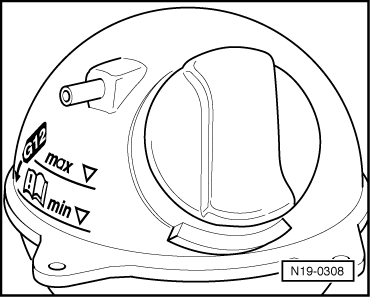 |
|
Warning !
Steam can be released when removing the cap from the expansion tank. Cover cap with a cloth and open carefully.
|

